
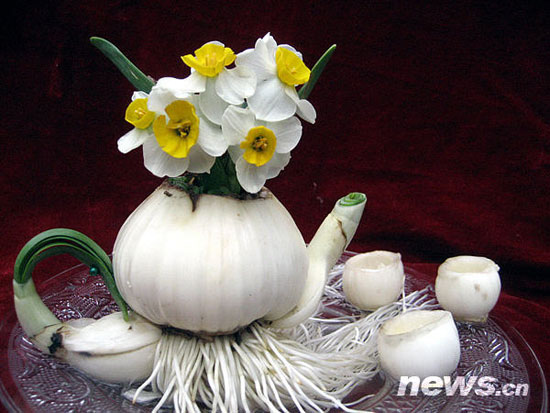 |
| (Xinhua) |
Early blooming narcissus with its yellow and white flowers symbolizes gold, silver and wealth. Because it blooms early, the fragrant flower has become the symbolic flower of the Chinese Lunar New Year.
If narcissus blooms during the Spring Festival, it is said, the flower will bring wealth and good fortune throughout the year. The ornamental plant with the sweet aroma is common in households during the winter.
There are hundreds of types of narcissus, which includes daffodils, and thousands of cultivars.
Narcissus, which grows from a bulb, was imported to China from the western Mediterranean region during the Tang Dynasty (AD 618-907).
Chongming Narcissus Base in Xianghua, Chongming, is the largest production facility in China for Chongming narcissus, a large, carefully bred double-daffodil. The farm covers 190 hectares, including 23 hectares of greenhouses.
Chongming, Zhangzhou in Fujian Province, and Putuo in Zhejiang Province are the three top growing areas for Chinese narcissus.
Narcissus was grown around 400 years ago on the island. Today it is cultivated in paddy field and only 20 percent of the yield is considered of acceptable quality for sale. Because it proliferates through asexual reproduction instead of pollination, it's rarer than Zhangzhou narcissus.
It was featured at the Taipei International Flora Expo as Shanghai's most distinctive blossom.
The board director of the base is Shi Kesong who spent 10 years collecting and improving Chongming narcissus to make it commercially viable and standardize industrial production. Last year, the base produced 250 million narcissus, including 50,000 with bulbs larger than 8 cm in diameter.
"Our family comes from a long line of narcissus growers and at the peak, our narcissus fields covered almost 3,000 mu (200 hectares)", says Dong Hui, Shi's second son.
Long ago narcissus was planted freely around the houses of Chongming locals' until the 1920s and 30s when people realized that Zhangzhou narcissus were very popular in downtown Shanghai. They started digging up and selling narcissus, which were popular for their large, shapely flowers, long blooming period and lingering fragrance. Many families went into the narcissus business, including the Shi family in Xianghua town, which became the most famous, with stores in Beijing, Tianjin, Nanjing and elsewhere.
After 1949 the family business boomed and Chongming narcissus and British roses were equally well known, says Dong. The "cultural revolution" (1966-76) destroyed business and narcissus were dug up and thrown away because they were said to be frivolous and ornamental, representing antiquated ideas.
By the mid-1960s, only a handful of families had narcissus in their backyards, and no one paid attention to them. Chongming narcissus was on the verge of extinction.
In the 1980s the elder Shi wanted to revive the business but he couldn't find the right kind of narcissus seeds, so he went in search of them to Zhangzhou in Fujian and Wenzhou in Zhejiang Province. He couldn't find them, but he didn't give up hope.
Later, in the 1990s, he tried again, but this time he looked for seeds on Chongming Island around farmers' houses. He collected them and then went to Zhangzhou to learn about professional planting and breeding.
Chongming narcissus grows in the soil, but it is professionally cultivated in paddies.
With support from the Chongming government, Shi started with around 4 hectares. In 2010 the area had expanded to more than 12 hectares.
Chongming narcissus made a big splash at a flower exhibition in Shanghai and at a show in Taiwan.
The flower is also sold on taobao.com, so customers can buy online.



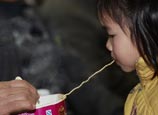
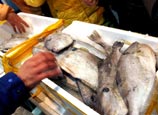
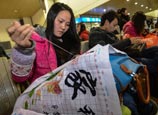
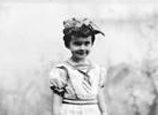
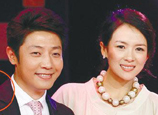
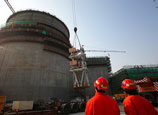







 People on way home during Spring Festival travel rush
People on way home during Spring Festival travel rush


![]()
